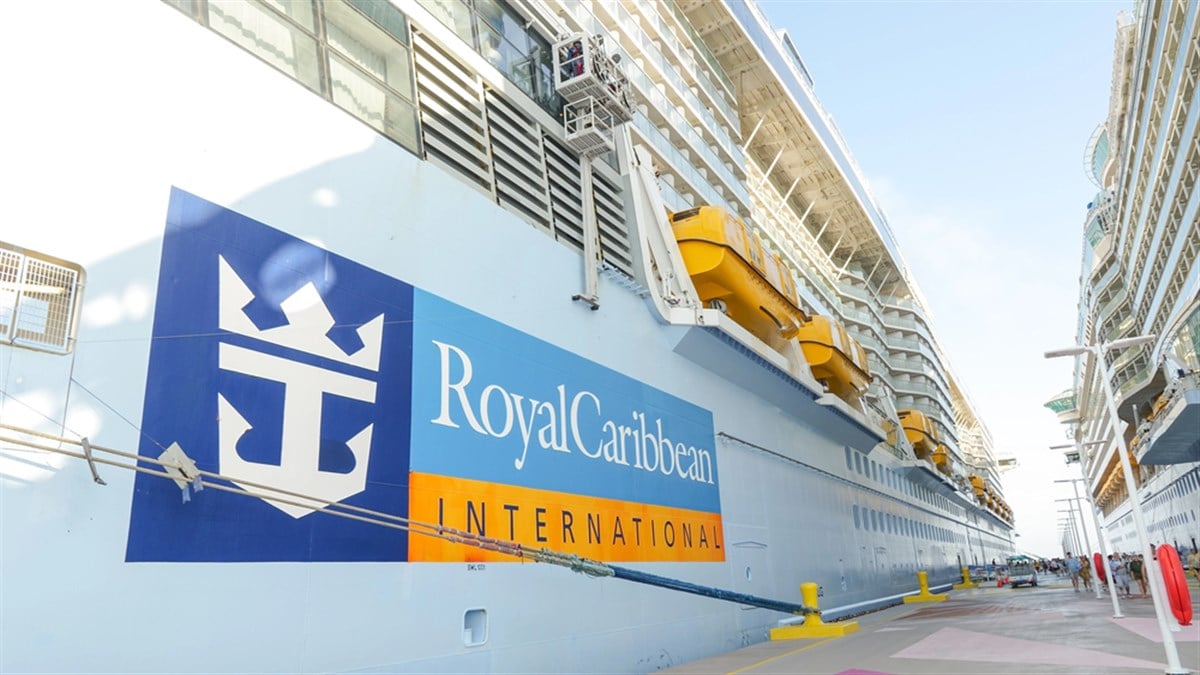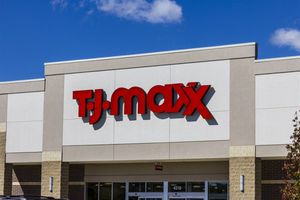Tampa, Fla., Aug. 21, 2025 (GLOBE NEWSWIRE) -- Consumer confidence has become one of the main factors impacting quick-service restaurant (QSR) traffic, marking a significant shift in how and why consumers choose to dine out, according to restaurant technology leader Revenue Management Solutions (RMS).
In a comprehensive analysis of the past 15 years’ lowest-performing traffic periods, RMS examined 10 key macroeconomic indicators to determine what truly drives guest visits in the fast-food sector. The results reveal a marked transformation in consumer decision-making patterns.
From Gas Prices to Confidence: A Paradigm Shift
Historically, gas prices and unemployment were highly correlated with decreasing traffic. However, in 2025, economic factors remain stable, yet guests report fewer restaurant visits, and QSR traffic is on the decline.
The difference? Consumer confidence – which has dropped 14 index points since 2023.
“Right now, confidence is king,” said RMS CEO John Oakes. “While traditional economic factors such as inflation, wages and fuel costs still matter, consumer confidence tells us how guests will behave in the weeks and months ahead. For example, our experts estimate that a 10-point decline in confidence could lead to a 0.5% to 2% decline in traffic within just two months.”
Price Sensitivity is Growing Amid Shifting Perceptions
For QSR operators, the message is clear: The industry’s future success depends on consumer perception, which is largely reliant on pricing strategies that protect guest traffic and margins.
In RMS’s most recent consumer survey, 75% of respondents believe that restaurant prices are higher than the previous month, despite actual QSR price increases stabilizing.
In Q2 2025, QSR average prices were up +1.3% year-over-year, significantly lower compared to +2.9% in Q2 2024 and +10.6% in Q2 2023. Yet, nearly 40% of respondents report spending less of their discretionary income on restaurants, underscoring a widening gap between perception and reality.
A Data-Driven Look Back: Understanding the Trends
Below are the main macroeconomic indicators that have had an impact on QSR restaurant traffic over the past 15 years:
- 2009-2011: Traffic was down as much as -4%, driven primarily by gas prices and unemployment.
- 2020-2022: COVID-19 restrictions and inflation drove traffic declines of up to -15% year-over-year.
- 2023 to Present: Rising inflation has created uncertainty, causing traffic to drop an average of -1.0%, in addition to the already significant drops during the COVID years.
RMS pricing experts continually analyze the impact of macroeconomic indicators on the restaurant industry. This comprehensive, data-driven approach enables operators to anticipate market shifts and strategically align pricing to consumer expectations, ensuring sustained growth in a volatile environment.
About Revenue Management Solutions
Revenue Management Solutions (RMS) partners with restaurant brands to deliver actionable insights and data-driven solutions that increase sales, improve unit economics and maximize profitability. With AI-powered solutions supporting over 150,000 locations worldwide, RMS helps brands navigate challenges such as inflation and rising labor costs with clarity and confidence. Discover how RMS can turn your data into a competitive advantage at www.revenuemanage.com.

Tracy Henderson Revenue Management Solutions 720-989-3530 tracy@centerreachcommunication.com





